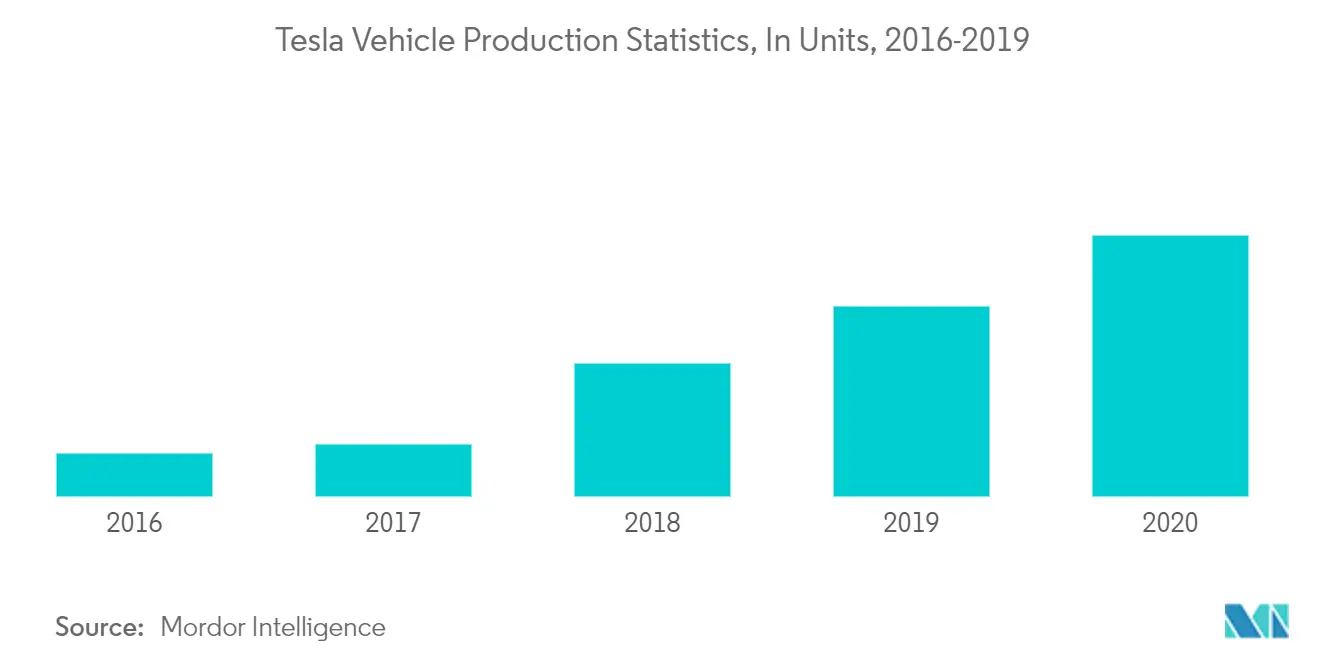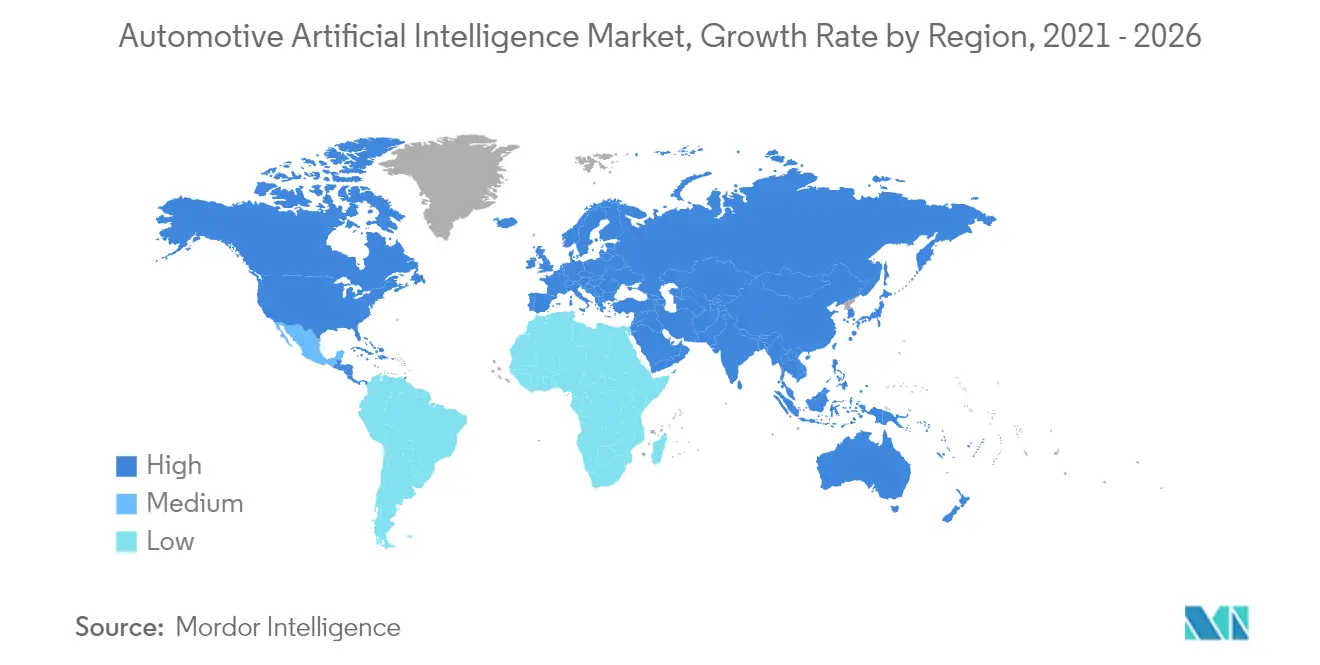Market Trends of Automotive Artificial Intelligence Industry
This section covers the major market trends shaping the Automotive Artificial Intelligence Market according to our research experts:
Autonomous Vehicles is fueling the growth of Automotive Artificial Intelligence market
The autonomous vehicles are differentiated on the basis of the level of their autonomy. Level 5 represents the fully autonomous vehicles that require no human intervention for safe operation. Currently, majority of autonomous vehicles on the roads such as Cadillac CT6 and Audi A8 belong to level 2 and level 3 category and they are able to perform at least two functions simultaneously but require a human driver for safe operation. Autonomous vehicles use a large number of various components. For instance, Google’s self-driving prototype vehicles use radar, lasers, sonar and cameras. Uber’s prototypes make use of nearly 64 laser beams and an array of sensors. These sensors collect data from the environment and sends it to the software which processes the input and sends processed signals to the actuators which control the functions such as braking and acceleration.
Through Predictive Analytics, autonomous vehicles can predict the movements of objects in the vicinity of the vehicle. For example, Waymo can anticipate beforehand about the movement of pedestrians on the streets and vehicle movements on various lanes. Shared mobility companies such as DiDi Chuxing is using predictive analytics to anticipate the type of transportation required and the desired quantity and dispatches suitable vehicles according to the need.
Model 3, X and S of Tesla now come equipped with autonomous driving and autopilot that receives signals from AI program that processes sensory data. Tesla’s autopilot can even check the meeting schedule of the driver and will drive him/her to the venue.
Countries such as Japan are facing the problem of an aging population and AI powered autonomous cars can be a great medium of transport for elderly and specially challenged people. Artificial intelligence can pick up data from social media, daily habits of driver and can suggest shops and other important activities based on that. It will pick up low fuel indication and will suggest the nearest gas or charging station.

China is the fastest growing market
China is the largest producer of vehicles in the world and is rapidly including Artificial intelligence in its automotive sector. The number of OEMs deploying AI more than doubled from 5% to 9% in one year during 2017-2018. In 2014, 8 startups associated with autonomous driving received funding. The following year, the number of startups that received funding grew by nearly 288% to 31. Startups such as TuSimple, Horizon Robotics and WeRide received Series D (USD 200 million), Series B (USD 600 million) and Series A+(more than USD 10 million) funding respectively in 2019. Large Chinese tech companies such as Baidu, Tencent and Alibaba are entering into autonomous mobility space by partnering with various OEMs. Alibaba joined hands with SAIC motors to produce connected cars. Baidu has partnered with over 90 firms such as Daimler to provide autonomous mobility support with its self-driving support platform Apollo.
Under “Made in China 2025 strategy”, China plans to master key technologies of intelligent driving and create an ecosystem for research and development, production and usage of smart connected cars to transform its automotive industry by 2025.
One of the largest shared mobility platforms in the world, DiDi Chuxing caters to the need of more than 550 million passengers and completes nearly 10 billion trips a year. DiDi uses extensive use of AI to predict the most suitable mode of transportation, and even destination for the customers. DiDi’s “R-U-Going” feature uses optimized model based on repeated normal distribution to read regularity and predicts the destination with 90% accuracy. DiDi brain is an AI platform that is able to read urban transportation patterns, vehicle and road conditions and performs intelligent dispatch of vehicle to meet the demand.
China’s AI startup DeepBlue’s smart panda autonomous bus is operating in 10 cities and company plans to expand its services in 10 more. Company has made global presence by signing a trial agreement in Greece and a USD 10 million deal to supply buses to Bangkok.
Owing to the mentioned reasons, China is expected to lead the autonomous mobility and automotive artificial intelligence market.


